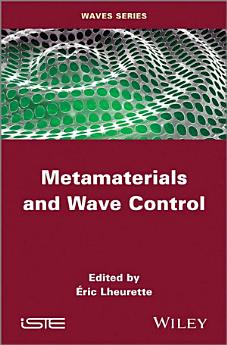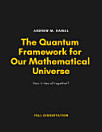Metamaterials and Wave Control
เกี่ยวกับ eBook เล่มนี้
the one hand, this success can be attributed to dreams of new physical objects which are the consequences of the singular properties of metamaterials. Among them, we can consider the examples of perfect lensing and invisibility cloaking. On other hand,
metamaterials also provide new tools for the design of well-known wave functions such as antennas for electromagnetic waves.
The goal of this book is to propose an overview of the concept of metamaterials as a perspective on a new practical tool for wave study
and engineering. This includes both the electromagnetic spectrum, from
microwave to optics, and the field of acoustic waves.
Contents
1. Overview of Microwave and Optical Metamaterial Technologies, Didier Lippens.
2. MetaLines: Transmission Line Approach for the Design of Metamaterial Devices, Bruno Sauviac.
3. Metamaterials for Non-Radiative Microwave Functions and Antennas, Divitha Seetharamdoo and Bruno Sauviac.
4. Toward New Prospects for Electromagnetic Compatibility, Divitha Seetharamdoo.
5. Dissipative Loss in Resonant Metamaterials, Philippe Tassin, Thomas Koschny, and Costas M. Soukoulis.
6. Transformation Optics and Antennas, André de Lustrac, Shah Nawaz Burokur and Paul-Henri Tichit.
7. Metamaterials for Control of Surface Electromagnetic and Liquid Waves, Sébastien Guenneau, Mohamed Farhat, Muamer Kadic, Stefan Enoch and Romain Quidant.
8. Classical Analog of Electromagnetically Induced Transparency, Philippe Tassin, Thomas Koschny and Costas M. Soukoulis.
การให้คะแนนและรีวิว
เกี่ยวกับผู้แต่ง
Éric Lheurette is Full Professor at the University of Lille, France.




